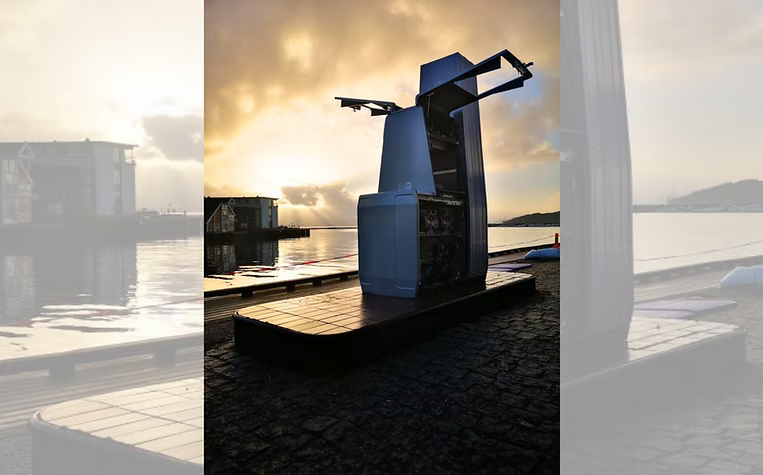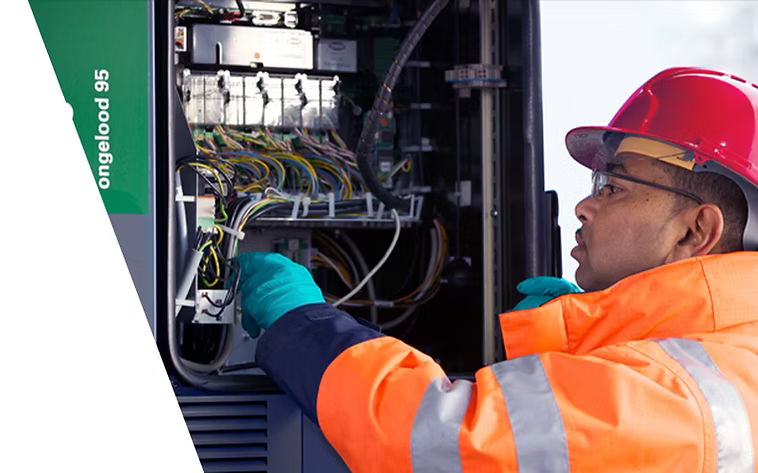Not All Aftermarket Parts Are Created Equal
Published on October 17, 2023
When it comes to your service station, equipment is undoubtedly the lifeblood of your business, so it must always be kept at peak efficiency.
As a dispenser ages, it is more prone to the negative effects of wear and tear, inevitably needing parts to be replaced at some point to maintain peak forecourt efficiency; however, not all retailers are in a position to buy a brand-new dispenser, particularly if only one part of the dispenser needs to be replaced.
On the other hand, the forecourt is evolving. Fuel retailers might consider upgrading existing dispensers in order to better meet the needs of their customers for the foreseeable future. This could mean upgrading a standard dispenser with an LCD display into one with a media screen, so it can present important information or advertisements. Alternatively, retailers might want to invest in payment at the pump, so motorists can refuel 24/7 without the need for an attendant to be inside the c-store.
Understandably, retailers want their businesses to be the best they can be, but not all aftermarket parts are created equal.
The Difference Between OEM Genuine Aftermarket Parts and Non-Genuine Aftermarket Parts
For replacement parts, retailers are often faced with two options: buy genuine parts from the original equipment manufacturer (OEM) or buy aftermarket parts from a different manufacturer altogether.
One of the biggest reasons retailers or technicians opt to buy non-genuine aftermarket parts from a different manufacturer is cost. Non-genuine parts are generally less expensive than OEM parts and are therefore often the more attractive option when retailers are trying to cut costs and boost profits.
Non-genuine aftermarket parts, bought from any manufacturer other than the OEM, can vary widely in quality, as they are not regulated or standardized. Often, non-genuine aftermarket parts are not an exact fit for the dispenser, nor do they provide the same functionality as an OEM genuine part, which can lead to issues with installation, compatibility, and/or overall performance. Although these parts may seem more cost effective, they can cause potential damage to the fuel dispenser and void any warranty cover, thus, leading to more potential costs in the future and negating any initial savings the retailer had originally made through the initial purchase.
Although OEM genuine aftermarket parts might cost more, the trade-off is a simpler purchase process. This, in turn, provides peace of mind that the part chosen is an exact match, consequently providing the same level of quality, durability and function as the original dispenser part. With OEM genuine parts, retailers don’t have to do any research; as the manufacturer has already undertaken all the quality checks for you. In fact, all genuine part manufacturers must adhere to industry quality standards. Once purchased, retailers can rest assured the dispenser will perform at a high-level.
Things to consider when buying aftermarket part(s):
Quality:
Not all aftermarket parts are created equal. OEM genuine parts are the same high-quality materials used to manufacture the dispenser when it was originally made. Inferior materials can lead to other aftermarket parts failing and additional costs being incurred.
Performance:
OEM genuine parts have been specifically designed for your fuel dispenser make and model. This allows them to deliver the optimal fit and performance, so your dispenser runs at its best.
Selection:
With so many aftermarket parts available on the market, purchasing the right product for your dispenser can be time-consuming and confusing. Visiting the Dover Fueling Solutions (DFS) Genuine aftermarket parts website will ensure you are getting exactly what you need for your dispenser(s) repair or upgrade.
Warranty:
The use of any other part, other than that purchased from the OEM manufacturer, could void warranty coverage.
Certification:
In addition to warranties, fuel dispensers are tested, certified and approved using specific OEM manufactured parts. A change to a non-genuine part (any part) could void the certification and approval to use the fuel dispenser.

Why DFS Genuine Aftermarket Parts?
DFS believe in exceptional performance and quality and is committed to always meeting industry standards for the operation of its equipment. All DFS genuine parts are designed to maintain the operating performance of its products and comply with applicable regulatory business standards such as UL, ATEX, CE, and MID approvals, so fuel retailers have optimal site operation, through improved safety, uptime and serviceability.
DFS Aftermarket Parts Centers, located strategically across the globe, stand ready to support retailer operations with Tokheim®, Wayne, OPW Fuel Management Systems (“FMS”) and ProGauge parts. With thousands of parts in stock and dedicated parts support teams, DFS can fulfil and deliver orders to the majority of their customers within just a few short days.
DFS products are future proofed to embrace the changes that technology advancements bring. To facilitate these changes, as well as those that come about through updates to legislation or market requirements, we offer a wide range of upgrade and maintenance kits, including:
- Payment component kits
- Automatic Temperature Compensation (ATC) kits
- Vapor recovery & monitoring kits
- Media upgrade kits
- Fuel blending kits
- Meter maintenance kits
When retailers purchase a DFS Genuine Aftermarket Part, they are not just buying a replacement part or upgrade, but an opportunity to maintain the life of their investment. Your equipment is an important part of your business, and we want your business to be the best it can be. Let DFS Genuine Parts help keep your equipment up and running.




